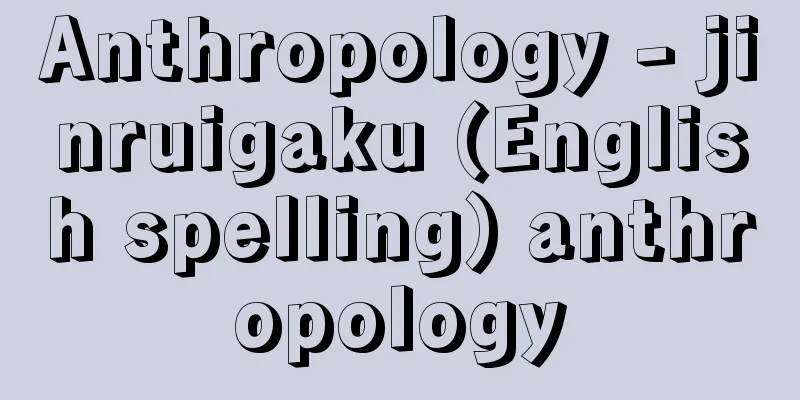Chemical weapon
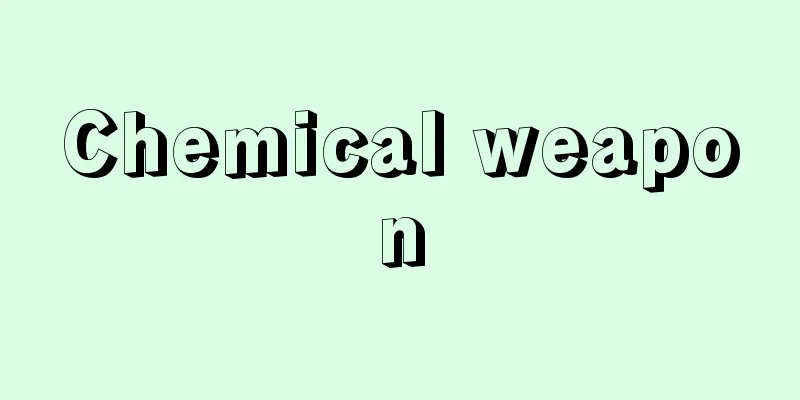
|
Chemical substances used as tools of war to damage the physiological functions of enemy people and the plants and animals that support their lives. They are distinct from radioactive weapons, gunpowder and incendiary agents that are used for physical destruction, biological weapons that cause infectious diseases, and toxic weapons that are harmful chemicals produced by other living organisms. During World War I, in June 1914, the French army used tear-inducing bromoacetate in grenades on the Champagne front. In response to this, on April 22, 1915, the German army released a large amount of chlorine gas from upwind, causing a large number of casualties. Since then, lethal weapons such as asphyxiating (phosgene), toxic (prussic acid), and blistering (mustard gas, also known as yperit) and irritating (adamsite, chloroacetone, also known as CN) poison gases have been escalating in their development. The brutality of these effects motivated the signing of the Geneva Protocol on June 17, 1925, after World War I, which banned the use of poison gases and biological weapons as weapons of mass destruction. This protocol was one of the reasons why the most lethal nerve gases (Tabun, also known as GA, and Sarin, also known as GB) were not allowed to be used during World War II. However, after the war, VX, which is ten times more lethal, was completed and deployed. On the other hand, there is also a trend to rationalize their use by adopting the binary system, which mixes two ingredients that are harmless on their own and make them harmful before they reach their target, such as the lachrymator CS, which has a weak lethal effect but harms physical and mental activity, the hallucinogens BZ and LSD25, and other drugs that are harmless on their own but are made harmful by mixing them together. [Akira Wake] The issue of banning chemical weaponsThe first agreement on this issue was the Geneva Protocol (Protocol for the Prohibition of the Use of Asphyxiating, Poisonous or Other Gas and Bacteriological Methods of Warfare) established on June 17, 1925. However, this protocol only prohibited the use of poisonous gases, leaving their development and production unchecked. For this reason, after World War II, the task became one of strengthening the protocol, that is, getting the United States, Japan and other countries that had only signed but not ratified to join, and completely banning them, including their production. In the 1970s, the United States and the Soviet Union agreed to separate chemical and biological weapons, and the Biological and Toxic Weapons Convention was signed in April 1972, leaving the ban on chemical weapons as a focal point in disarmament negotiations. The United States and the Soviet Union then took the joint initiative and entered into bilateral negotiations, but there was a disagreement over the definition of banned chemical agents and verification regulations, and the negotiations did not progress at all under the tensions of the 1980s, which were called the "New Cold War." Later, in 1985, General Secretary Gorbachev came to power in the Soviet Union, and the United States and the Soviet Union began to make compromises, but the catalyst for this was the use of chemical weapons in the Iran-Iraq War. Furthermore, inspections after the Gulf War in 1991 revealed that Iraq was producing chemical weapons, and the proliferation of chemical weapons, which were considered "poor man's nuclear weapons," became a concern as a post-Cold War threat. In 1992, the Conference on Disarmament, the successor to the Disarmament Committee in Geneva, adopted the Chemical Weapons Convention ("Convention on the Development, Production, Stockpiling, Use and Destruction of Chemical Weapons"), which was opened to all countries for signature in Paris in January 1993, and came into force on April 29, 1997, with 65 countries ratifying it. Russia, the largest owner of chemical weapons, also ratified the treaty on November 5, 1997. As of June 2018, there are 193 member countries and regions. This treaty is a groundbreaking disarmament treaty that completely prohibits all chemical weapons. Their use is completely prohibited, including against non-signatories and in retaliation. States that possess chemical weapons must begin destruction within two years of the treaty's entry into force and complete it within 10 years. Destruction of old, deteriorated, and abandoned chemical weapons is also mandatory. In addition, chemical-related industries in member countries must declare the production and possession amount of each regulated chemical agent, and are subject to verification measures such as inspections to confirm this, and trade is also restricted. Inspections are also conducted upon petition in the event of a suspected violation of the treaty. A Conference of States Parties was held in The Hague, where the headquarters is located, on May 6, 1997, and the Organization for the Prohibition of Chemical Weapons (OPCW) was established, including the Executive Council and Technical Secretariat. [Nakae Masatsugu] [References] | | | |Source: Shogakukan Encyclopedia Nipponica About Encyclopedia Nipponica Information | Legend |
|
敵対する人たちやその生活を支える動植物の生理機能を損傷することを目的として使用される、戦争の道具としての化学物質。放射能兵器や物理的破壊を目的とする火薬、焼夷(しょうい)剤、感染症を引き起こす生物兵器や、他の生物が産生する有害化学物質である毒素兵器とは区別される。第一次世界大戦時、1914年6月、シャンパーニュ戦線でフランス軍が催涙性のブロム酢酸エステルを手榴弾(しゅりゅうだん)に詰めて使用。これに対抗して翌1915年4月22日、ドイツ軍が塩素ガスを風上から大量に放射して大量の死傷者を出して以来、窒息性(ホスゲン)、中毒性(青酸)、びらん性(マスタードガス―別名イペリット)に代表される致死性兵器や刺激性(アダムサイト、クロルアセトン―別名CN)毒ガスがエスカレーション的に開発された。これらの効果の残虐性から、第一次世界大戦後、1925年6月17日に大量殺戮(さつりく)兵器としての毒ガス、細菌兵器の使用を禁止するジュネーブ議定書が締結される動機となった。この議定書は第二次世界大戦中、致死効果最強の神経ガス(タブン―別名GA、サリン―別名GB)の使用を許さなかった一因となった。しかし、戦後、致死効果がさらに10倍強いVXが完成、配備されている。 一方、人道的兵器と称して致死効果が弱く肉体・精神活動を害する催涙剤CSや幻覚剤BZ、LSD25、目標到達前に単独では無害な2成分を混合して有害化するバイナリー・システムの採用によって使用を合理化しようとする流れもある。 [和気 朗] 化学兵器の禁止問題この問題に関する最初の取決めは、1925年6月17日にできたジュネーブ議定書(「窒息性、毒性、またはその他のガス及び細菌学的戦争方法の戦争使用を禁止する議定書」)である。しかし、この議定書は毒ガスの使用を禁止しただけで、開発・製造を放置していた。このため第二次世界大戦後は、同議定書の強化、つまりアメリカ、日本など署名のみで未批准の国の加盟と、製造を含む全面禁止が課題となった。1970年代に入って米ソが化学兵器と生物兵器の切り離しに合意し、1972年4月にまず生物毒素兵器禁止条約が調印されたため、化学兵器の禁止問題が軍縮交渉の一つの焦点として残された。 その後米ソは共同イニシアティブをとり、二国間交渉に入ったが、禁止対象化学剤の定義や検証規定をめぐり対立し、さらに「新冷戦」とよばれた1980年代の緊張の下では交渉はまったく進展しなかった。その後1985年にソ連にゴルバチョフ書記長が登場し、米ソの歩み寄りがみられるようになってきたが、そのきっかけになったのは、イラン・イラク戦争で化学兵器が使用されたことであった。さらに1991年の湾岸戦争後の査察でイラクが化学兵器を生産していることが判明し、「貧者の核兵器」とされる化学兵器の拡散が冷戦後の脅威として懸念されるようになった。1992年、ジュネーブの軍縮委員会の後身、軍縮会議で、化学兵器禁止条約(「化学兵器の開発、生産、貯蔵、および使用並びに廃棄に関する条約」)が採択され、翌1993年1月パリで署名のために各国に開放、1997年4月29日、65か国の批准を得て発効した。最大の化学兵器所有国であるロシアも1997年11月5日に批准した。2018年6月時点の加盟国は193か国・地域である。この条約はあらゆる化学兵器を全面的に禁止する徹底した画期的な軍縮条約である。使用については非締約国に対しても、また報復のための使用も含め全面的に禁じられている。化学兵器の所有国は、条約発効後2年以内に廃棄を開始、10年以内に完了しなければならない。老朽・劣化化学兵器、遺棄化学兵器の廃棄も義務づけられる。また加盟国の化学関連産業は規制される化学剤ごとに生産、保有量などを申告し、それを確認する査察等の検証措置を受けるほか、貿易も規制される。条約違反の疑惑がある場合は申立てによる査察も実施される。1997年5月6日より本部の置かれるハーグで締約国会議が開催され、執行理事会、技術事務局を含む化学兵器禁止機関(OPCW)を設置した。 [納家政嗣] [参照項目] | | | |出典 小学館 日本大百科全書(ニッポニカ)日本大百科全書(ニッポニカ)について 情報 | 凡例 |
Recommend
Tenmei Jōshin Sodō
A peasant uprising occurred in Kozuke and Shinano ...
yajña (English spelling) yajna
...a translation of the Sanskrit puja or pūjanā. ...
Conjugate base - kyoyakuenki (English spelling) conjugate base
According to the Danish Brønsted acid-base theory...
Paeonia lutea (English spelling) Paeonialutea
…[Michio Tamura]. … *Some of the terminology that...
Iga Sokoku Ikki Okisho (Laws of the Iga Sōkoku Ikki)
...An organization formed during the Warring Stat...
Shigetada Hatakeyama
A military commander in the early Kamakura period...
Feather fan
〘Noun〙 A fan made from bird feathers. A feather fa...
Mdivani, B. (English spelling) MdivaniB
… In March 1922, Russia, Azerbaijan, and Armenia ...
Acheilognathus longipinnis (English name) Acheilognathus longipinnis
…[Morizumi Nakamura]. … *Some of the terminology ...
Resorcinol
A colorless crystal of 1,3-dihydroxybenzene. Also ...
Form of consciousness - Ishiki Keitai
…It is generally considered to be a more or less ...
Aluminum Notebook - Alminoto
...For safety reasons, an emergency release devic...
Achaean League - Achaean League
A league that arose in the Akhaïa region of the n...
Rotorcraft - Rotorcraft
A type of aircraft that is heavier than air and c...
Molecular evolution
When the evolutionary process of living organisms ...
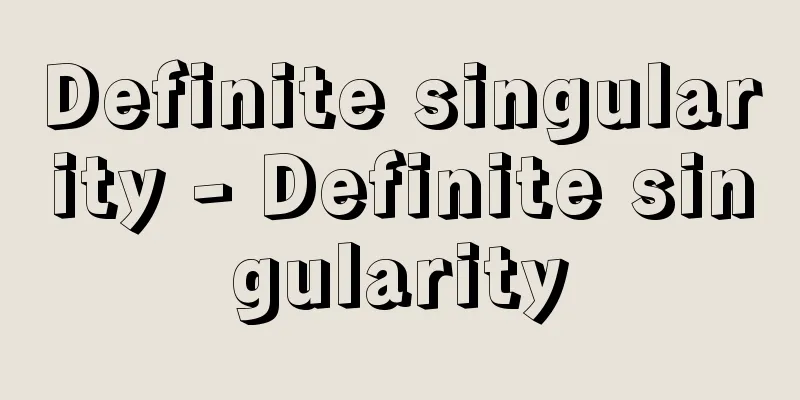
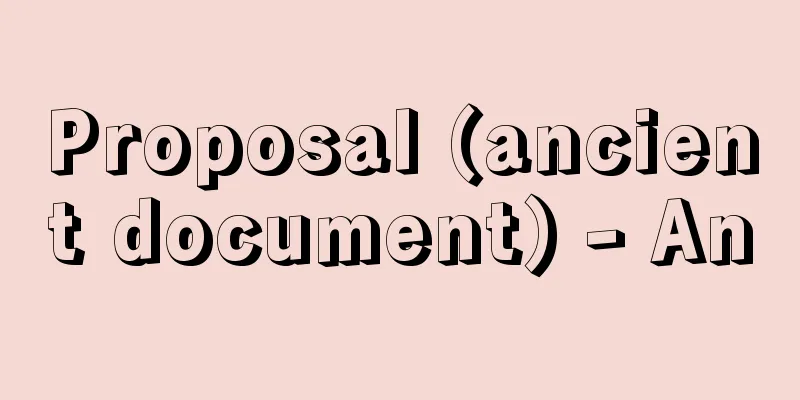

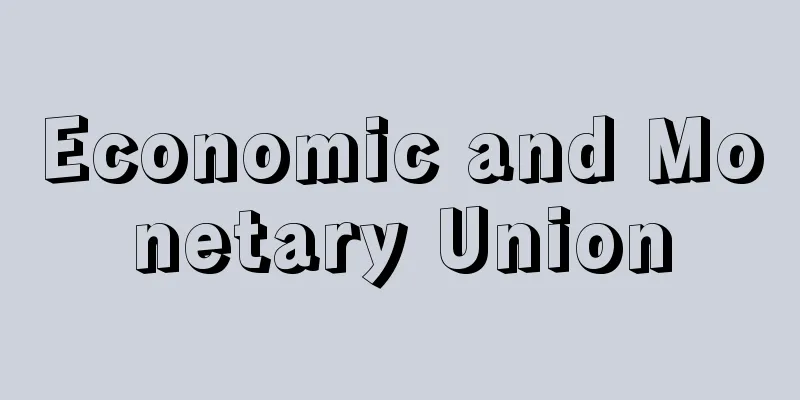

![Gustav [III] - Gustav](/upload/images/67d08462ba1ba.webp)
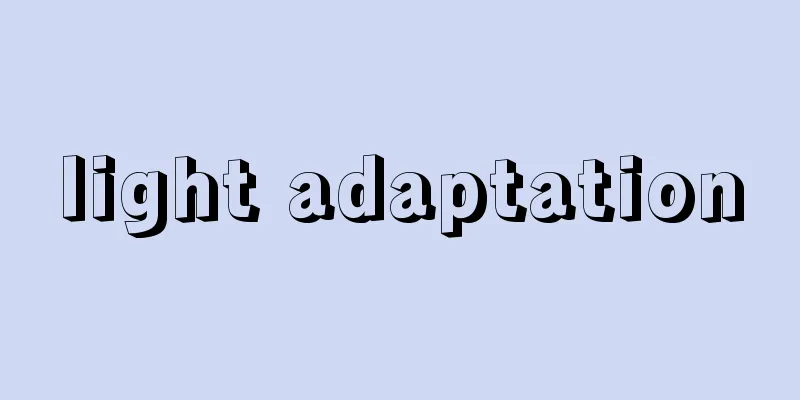
![Nejime [town] - Nejime](/upload/images/67cc75cfc65d4.webp)

